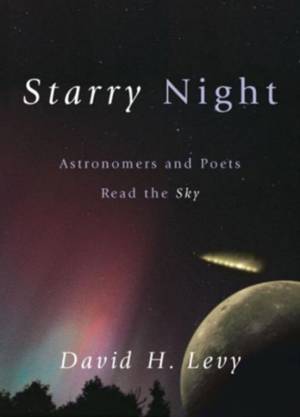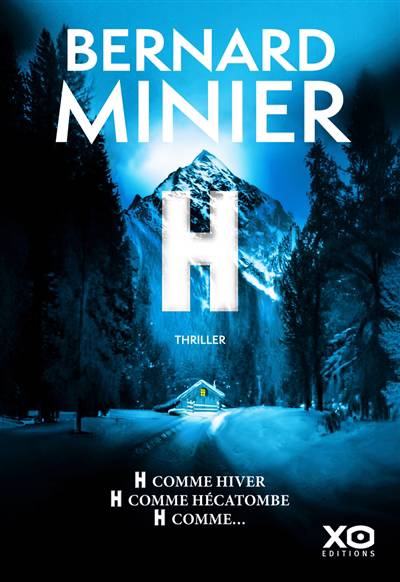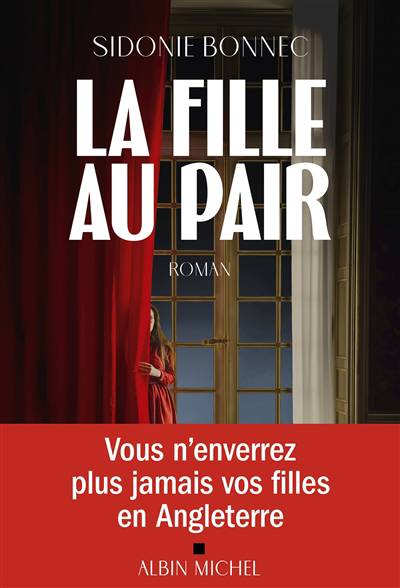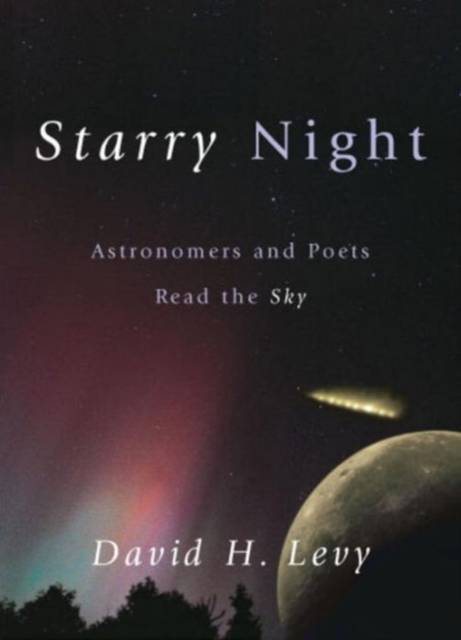
- Retrait gratuit dans votre magasin Club
- 7.000.000 titres dans notre catalogue
- Payer en toute sécurité
- Toujours un magasin près de chez vous
- Retrait gratuit dans votre magasin Club
- 7.000.0000 titres dans notre catalogue
- Payer en toute sécurité
- Toujours un magasin près de chez vous
27,95 €
+ 55 points
Description
Over the centuries the starry night sky has inspired poets and scientists alike, and though the fruits of these inspirations take very different forms, they often enrich each other. Acclaimed science writer David Levy, the codiscoverer of Comet Shoemaker-Levy 9, has written this wonderful jewel of a book to celebrate the complementary visions of human wonder and curiosity that are expressed in the separate disciplines of poetry and astronomy. Levy, known for his infectious enthusiasm, traces the works of the greatest poets-Shakespeare, Milton, Keats, Shelley, and others-to show how they were influenced not only by the beauty of the heavens but by their times, celestial events, and moreover by the discoveries of such great scientists as Copernicus, Galileo, and Newton. How strong is the connection between literature and science? Levy says, "To think that science and poetry are two disciplines that are properly divorced from each other is to lose sight of what each is about and what their common goal is. In their highest forms, both are avenues of inquiry into the human condition and its relationship to the Universe. Knowing what that Universe is and how it is structured is fundamental to each." The book culminates with Levy's eloquent reflections on the spectacular crash into the planet Jupiter of the comet he discovered: "It was the most conspicuous marking ever seen on another planet. By the end of impact week, Jupiter lay bombarded with these dark clouds, markings that remained visible for almost a year. Thou too, O Comet beautiful and fierce, Who drew the heart of this frail Universe Towards thine own; till, wrecked in that convulsion, Alternating attraction and repulsion, Thine went astray and that was rent in twain; Oh, float into our azure heaven again! - Percy Bysshe Shelley, Epipsychidion, 1821"
Spécifications
Parties prenantes
- Auteur(s) :
- Editeur:
Contenu
- Nombre de pages :
- 210
- Langue:
- Anglais
Caractéristiques
- EAN:
- 9781573928878
- Date de parution :
- 01-12-00
- Format:
- Livre broché
- Format numérique:
- Trade paperback (VS)
- Dimensions :
- 134 mm x 184 mm
- Poids :
- 222 g

Les avis
Nous publions uniquement les avis qui respectent les conditions requises. Consultez nos conditions pour les avis.






